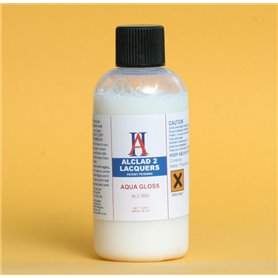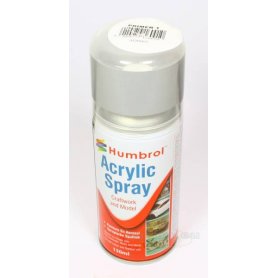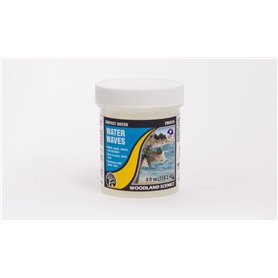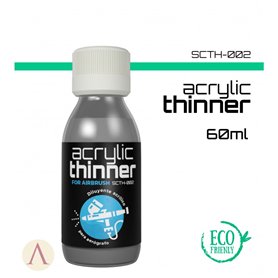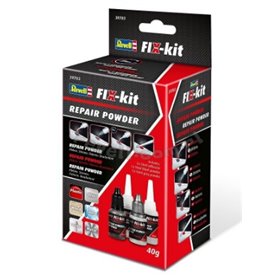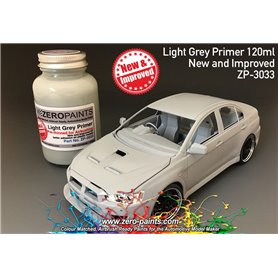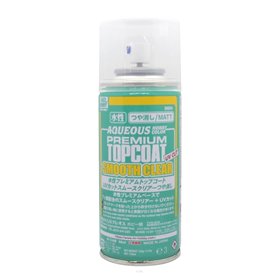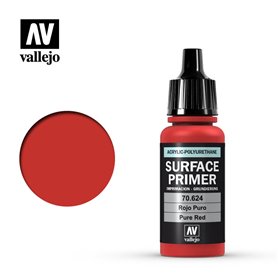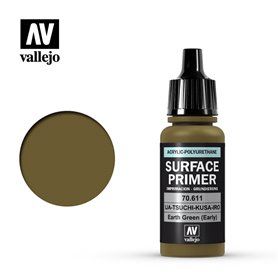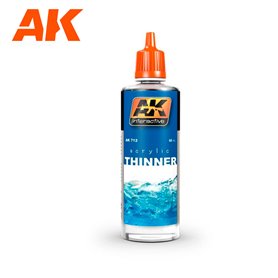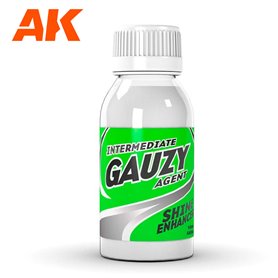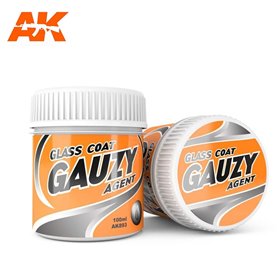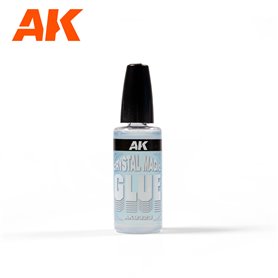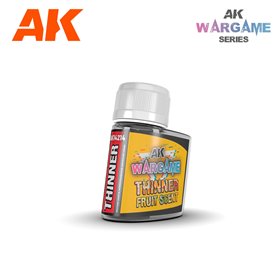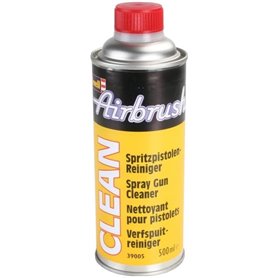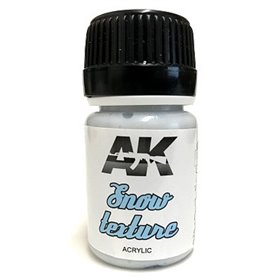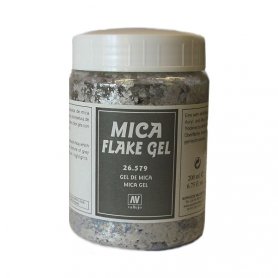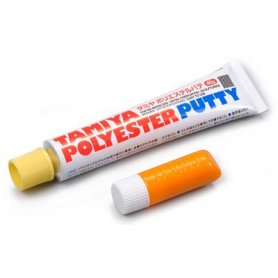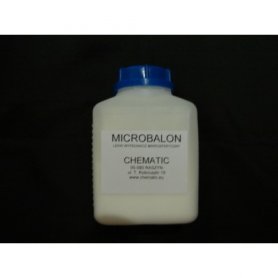What Are Model Putties Used For?
Modeling putties are a key element in every modeler's workshop, regardless of their skill level. These are specialized compounds designed for filling and concealing imperfections on the surface of plastic models. When gluing parts together, small gaps, sink marks (characteristic depressions in thicker elements), or ejector pin marks often appear, which spoil the final look of the model. Using the right putty allows for the effective elimination of these defects, creating a perfectly smooth and uniform surface, ready for further processing and painting. Thanks to them, the final result is much more realistic and professional. Our range includes products that make working on airplane, armored vehicle, ship, and figurine models easier.
Types of Putties and Their Applications
There are several basic types of putties available on the market, differing in composition, consistency, and application. The most popular are classic tube putties, which are great for filling most standard gaps. Another solution is two-part (epoxy) putties, which harden after mixing the two components, creating a very hard and durable filler. They can also be sculpted, which is useful for reconstructing details. Liquid putties are gaining increasing popularity; they are ideal for concealing fine scratches, seam lines, and for use as a leveling primer. They are applied with a brush, which allows for great precision. For specific applications, there are also UV-cured putties, which harden in a few seconds under a special UV light.
Choosing the right product depends on the task at hand. For minor scratches, liquid putties are best. For standard joints between hull or tank turret elements, a classic tube putty will suffice. However, if you need to fill a large gap or recreate an element, a two-part compound will be the best choice. The application process is simple: apply a small amount of the product with a spatula, wait for it to cure completely, and then sand down the excess with sandpaper of the appropriate grit until a smooth surface is achieved.




